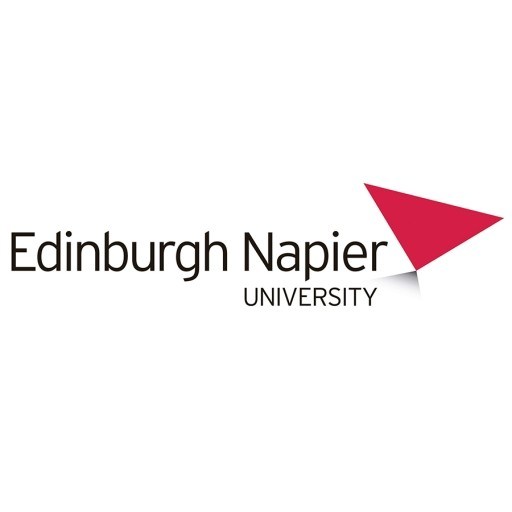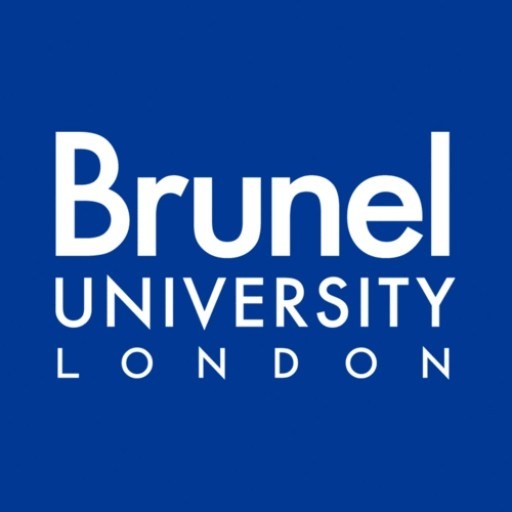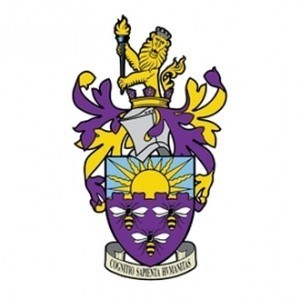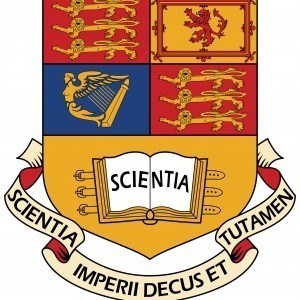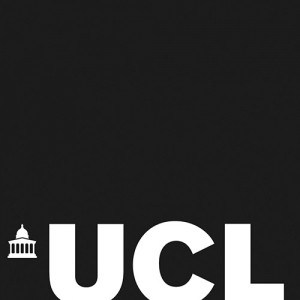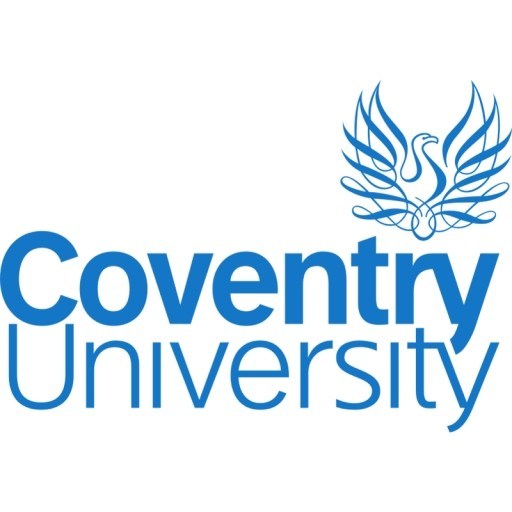The BA (Hons) Graphic Design programme at Edinburgh Napier University offers an immersive and creative educational experience designed to develop students' skills, knowledge, and confidence as professional graphic designers. The course provides a comprehensive understanding of visual communication, combining practical skills with theoretical insights to prepare graduates for diverse career opportunities within the creative industries. Throughout the programme, students engage in a range of projects that explore branding, advertising, editorial design, digital media, and illustration, enabling them to develop a versatile portfolio that showcases their versatility and creativity. The curriculum emphasizes hands-on practice, encouraging students to experiment with traditional techniques and digital technologies, ensuring they stay current with industry trends and tools. Collaboration with industry partners, guest lectures from professionals, and opportunities for real-world projects form integral parts of the course, fostering a professional mindset and networking connections essential for employment success. The programme also prioritizes critical thinking, conceptual development, and effective communication, equipping students with the skills needed to address complex visual challenges. Facilities include state-of-the-art design studios, computer labs equipped with industry-standard software, and access to a wide range of resources to support creative exploration and technical excellence. Graduates of this course often go on to work in branding agencies, advertising firms, publishing, digital media companies, and freelance design. They are equipped not only with strong technical skills but also with a thoughtful understanding of cultural and social contexts that influence design practices. The Edinburgh Napier University BA (Hons) Graphic Design programme aims to cultivate innovative and reflective designers who are ready to contribute creatively and professionally to a dynamic industry.
The Bachelor of Arts (Honours) in Design (Graphics) at Edinburgh Napier University offers students a comprehensive and immersive learning experience that combines creative practice, technical skills, and critical thinking. The programme is designed to equip aspiring designers with the ability to conceive, develop, and deliver innovative visual solutions across a variety of media and platforms. Throughout the course, students engage with foundational design principles, including layout, typography, branding, and digital illustration, while also exploring emerging areas such as interactive design, motion graphics, and multimedia storytelling.
Students benefit from a dynamic curriculum that balances theoretical knowledge with practical application, encouraging experimentation and fostering a rich creative practice. The programme emphasizes the importance of understanding client needs, target audiences, and industry trends, preparing students to thrive in competitive and evolving creative sectors. Students have access to state-of-the-art facilities, including digital labs, print studios, and animation suites, enabling them to bring their ideas to life using industry-standard software and techniques.
Throughout their studies, students undertake diverse projects that simulate real-world challenges, often working in collaboration with industry partners and local businesses. These projects help develop key skills such as project management, presentation, teamwork, and professional communication. The programme also encourages engagement with the wider creative community through exhibitions, competitions, and networking events, fostering professional connections that support future career opportunities.
Graduates of the course are well-prepared for roles in graphic design, branding, advertising, digital media, and related fields. Many go on to work in creative agencies, in-house design teams, or establish their own practices. The programme’s strong focus on creativity, technical ability, and industry relevance ensures that students leave equipped to make a meaningful impact in the world of visual communication. With ongoing support from experienced tutors and access to industry insights, students are encouraged to continuously evolve their skills and adapt to the fast-changing landscape of design and graphics.
Acceptable qualifications include A-levels with at least BBC in pertinent subjects, such as Art and Design, Graphic Communication, or related disciplines. Equivalent qualifications, such as IB with a score of 30 points including a minimum of 5 points in Art and Design components, or BTECs with Distinction in Art and Design related units, are also considered for entry. Evidence of a strong portfolio showcasing creativity, technical skills, and visual communication is required, and applicants should demonstrate a keen interest in graphic design principles and practices. Prior work experience or a background in visual arts can enhance an application but is not mandatory. Candidates must meet English language proficiency requirements, including an IELTS score of 6.0 overall with at least 5.5 in each component, or equivalent qualifications such as TOEFL with a total score of 80. The program encourages applicants with a diverse range of educational backgrounds, provided they can demonstrate aptitude and enthusiasm for graphic design. Mature students or those without formal qualifications may be considered on an individual basis, particularly if they can provide a compelling portfolio or evidence of relevant practical experience. The admissions process involves assessment of academic qualifications, portfolio review, and an interview or personal statement to evaluate motivation and creativity. Those applicants whose prior education and experience align with the program's learning outcomes will be prioritized. Applicants are advised to ensure their portfolio is well-presented, highlights a range of skills—including digital illustration, layout design, branding, and experimental work—and reflects their personal artistic voice. The university values diversity and inclusivity, welcoming applications from students of all backgrounds committed to pursuing a career in graphic design. Entry requirements may vary for international students, and applicants are encouraged to verify specific criteria on the university's official admissions webpage. The program seeks candidates who are innovative, open-minded, and willing to engage critically with contemporary graphic design issues. A minimum age of 18 is typically required, although exceptional younger candidates may be considered. Applicants must submit all supporting documents by the specified deadline to ensure full consideration.
The financing of the Design (Graphics) program at Edinburgh Napier University involves a combination of tuition fees, potential scholarships, and financial support options available to students. Tuition fees vary depending on the student's domicile and the level of study, with home students typically paying a different rate than international students. The university provides detailed information on fee amounts on their official website, with current undergraduate programs costing approximately £9,250 per year for UK students, and international students paying higher rates, which can be verified through the university’s fee calculator.
Funding opportunities include government-sponsored schemes such as student loans and grants for UK residents. UK students can apply through Student Finance England, Scotland, or Wales, depending on their residency status. These loans can cover tuition fees and living costs, and repayments are generally deferred until the student earns above a specified income threshold. For international students, funding options are more limited but may include external scholarships or sponsorships offered by government agencies, private organizations, or industry partners.
Edinburgh Napier University also offers a range of scholarships aimed at supporting students in their studies, including merit-based scholarships, regional awards, and specific bursaries for design students. Eligibility criteria and application procedures are outlined on the university’s scholarship webpage. Additionally, students are encouraged to explore external funding sources such as the Creative Scotland grants or international scholarship programs provided by their home countries.
Part-time employment is another avenue of financial support for students enrolled in the Design (Graphics) program. The university’s career services promote part-time job opportunities within the university and the surrounding Edinburgh community, helping students to manage living expenses while studying.
Students should carefully plan their finances prior to starting the program, considering tuition fees, accommodation costs, daily expenses, and potential income sources. The university’s financial aid office provides guidance and support for students seeking advice on funding options and financial planning. International students are advised to check visa regulations concerning work rights during their studies, as these impact their ability to supplement their finances through employment.
In summary, financing the Design (Graphics) program at Edinburgh Napier University can involve a mix of government loans, scholarships, external funding, and part-time work. It is essential for prospective students to conduct thorough research, familiarize themselves with eligibility criteria, and apply for financial aid opportunities early to ensure they have sufficient resources to complete their studies successfully.
The Design (Graphics) program at Edinburgh Napier University offers students a comprehensive education in the field of visual communication, emphasizing creativity, technical skills, and critical thinking. This undergraduate course is designed to equip students with the ability to develop innovative visual solutions for a variety of media and platforms, including print, digital, advertising, branding, and multimedia projects.
Throughout the program, students engage with diverse areas such as typography, illustration, branding, packaging, and user interface design. The curriculum combines practical skills development with theoretical understanding, ensuring graduates are well-prepared to meet the demands of the dynamic design industry. Emphasis is placed on fostering originality, research skills, and an understanding of contemporary design trends and theories.
Students benefit from state-of-the-art facilities, including dedicated studios, digital labs, and industry-standard software, enabling hands-on learning and real-world project work. The program encourages collaboration with industry partners, providing opportunities for internships and live projects that enhance employability and professional development.
The course also integrates critical debates about design ethics, sustainability, and cultural impacts, preparing students to think responsibly and innovatively. Graduates of the Design (Graphics) program often pursue careers in graphic design agencies, publishing, advertising, branding firms, and freelance design, demonstrating versatility across various sectors of the visual arts industry.
The program duration typically spans three years for full-time study, with options for placement years and part-time study modes. Admission requirements generally include a portfolio demonstrating previous work and creative potential, alongside academic qualifications as specified by the university. The program aims to foster a vibrant community of creative individuals committed to excellence and innovation in visual communication.
